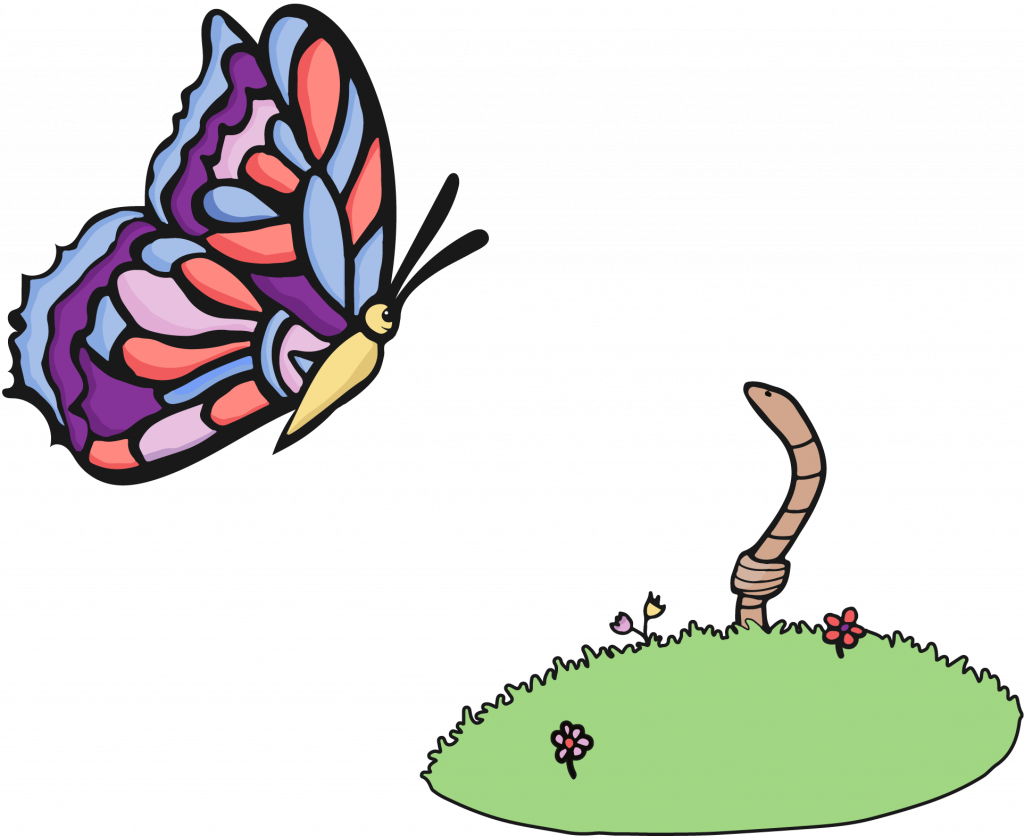You are not logged in.
If you would like to save your progress as you complete our Toolkit, please log in to your WWDA account. If you are not a WWDA member, become a member here (it’s free!).
Glossary
Introduction
Leadership Principle: Challenging and transforming traditional views of leadership
Leadership Principle: Value diversity and lived experience
Leadership Principle: Nothing about us without us
Leadership Principle: Lead by lifting others up
Leadership Principle: Care for self to care for community
Safe leadership
Mentoring
What does a good mentoring relationship look like?
A good mentoring relationship is built when:
Both parties are clear on the expectations and boundaries of the relationship. They have a mentoring ‘contract’ and stick to it.
The mentee is in charge and empowered to set the agenda and goals for what they want to work on; the mentor is there to facilitate the mentee’s development.
The mentor listens more than they speak, ensuring the mentee feels heard and understood. The mentor asks questions that make the mentee think.
The mentor is willing to share what they know, can assist with opportunities, and provide respectful feedback.
Both feel safe and trust all interactions will be respectful and appropriate.
The mentee has the opportunity to develop outside of their comfort zone in helpful ways.
The mentor is encouraging and can see and speak about the mentee’s worth even when the mentee cannot see it themselves. This might mean sharing with a mentee the concept of ‘Imposter Syndrome’ and how common it is for many people. Imposter Syndrome is further explored in the activities section.
Trust is built as both parties are honest, prepared, approachable and reliable.
Discussing each other’s access needs and strengths at the start of the relationship and throughout the mentoring relationship is helpful to both the mentor and mentee.
Mentors can be a role model using a strengths-based approach to leadership.
Take time to highlight the strengths and unique value that disability brings to the relationship.
Consider how individual requirements will be communicated and managed ahead of time. Forward planning may be required in task management. Additional time may be helpful for some tasks. Meetings may need to be cancelled at the last minute to allow for appointments, rest or healing. It’s important to make sure that people’s accessibility needs are met, so that everyone can be included.
Discussion Point: How will you both handle punctuality and non-attendance issues?
You may want to share information about your disability upfront. Everyone has things in life that need to be considered and there may be times where you may need to cancel meetings with little notice. Ongoing reliable and respectful communication leads to understanding and trust.
Modelling open, honest and respectful communication that celebrates diversity, will ensure the relationship is focused on the mentee’s progress.

